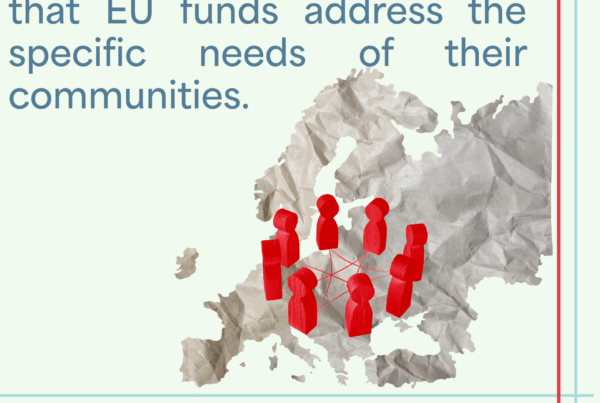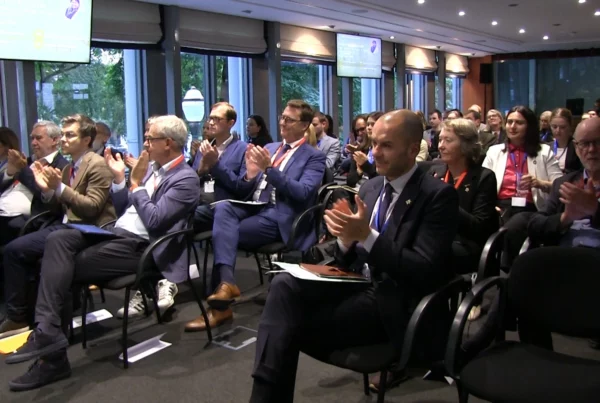Legislation on batteries and accumulators : CEMR calls on EU Parliament to improve text adopted by Environment ministers
The Council has sent very negative signals. This is how CEMR secretary general, Jeremy Smith, qualified the Council of environment ministers' decision (20.12 04) to exempt power tools from the cadmium ban, and the setting of low collection targets for all portable batteries.
As medical equipment, emergency and alarm systems are also exempted, keeping power tools out of the cadmium ban means that in practice more than 70% of the cadmium used in portable batteries will still be allowed on the market when environment-friendlier, efficient and competitive alternatives to cadmium, such as NiMH (nickel-metal hydride), exist. In fact, a market survey has shown that many professionals today not only accept but prefer NiMH.
A full cadmium ban would push the European industry to develop innovative products, adapt to new demand, and regain some of the competitiveness it has lost. Clinging to outdated norms and products with the view of protecting jobs and the industry is wrong, says Jeremy Smith. Furthermore, this approach goes against the aims of the Lisbon Strategy of promoting innovation in the EU. We call on the European Parliament to widen the scope of the cadmium ban and to set more ambitious collection targets in its second reading.
CEMR regrets that countries such as the UK, Italy, Ireland, Portugal, Hungary and Cyprus expressed such strong opposition to a wider cadmium ban and to more ambitious collection targets. The argument that most of cadmium release comes from fertilisers is not acceptable. Cadmium is a natural component of fertilisers whereas it is artificially added to batteries, and batteries are the outlet for more than 80% of industrial cadmium production. Secondly, the lack of action in one sector should not be an excuse for not acting in another sector. Thirdly, the European Commission is preparing legislation to tackle cadmium in fertilisers.
CEMR believes that cadmium should be treated as a by-product waste from zinc production. 2,800 tonnes of cadmium annually produced in the EU as raw material for batteries and accumulator end up scattered over million of pieces, making its treatment as waste much more difficult and costly.
However, CEMR welcomes some elements of the Council's compromise: the suppression of the costly waste quantity monitoring requirement, the waste prevention approach unlike the initial Commissions' proposal, and the new focus on the cadmium ban in the Commission's report (a review report is to be published four years after the entry into force of the directive).
In short, the introduction of the cadmium ban is to be welcomed, but its present scope is far too limited.
CEMR full position paper on batteries and accumulators
For more information: Sylvain Chevassus tel: +32 (0)2 500 05 35
rn

Climate, Sustainable Finance Officer






